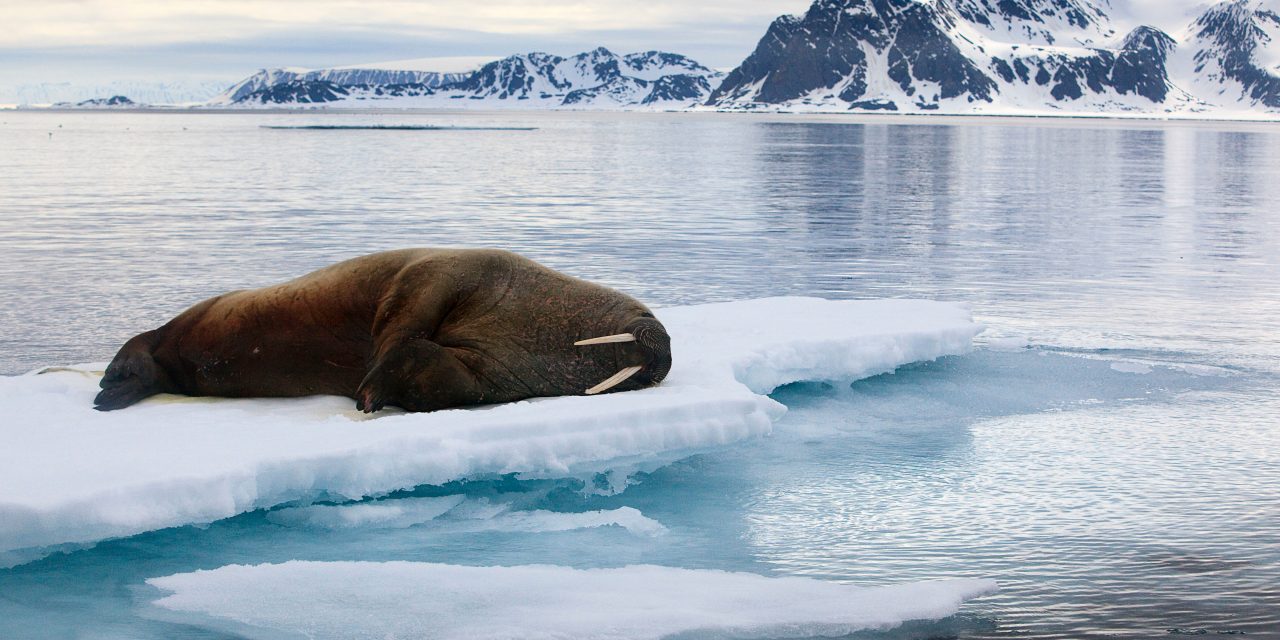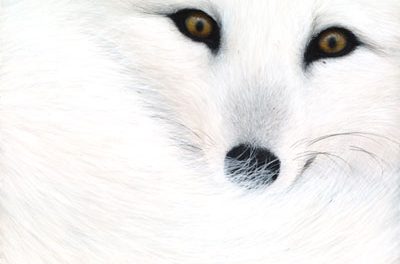
© Wild Wonders of Europe, Ole Joergen Liodden, WWF
Our Planet developed a sense of urgency. The 8-part series, which can be streamed on Netflix, has created conversation on the danger wildlife faces. Listening to Sir David Attenborough’s voice bellow over sweeping scenes of fragile beauty is both relaxing and upsetting. If you’ve felt the call to action, but are unsure how to proceed, read below on how WWF is working in some of the places and with some of the species and plants featured on Our Planet.
1. African Wild Dogs
While you may have been cheering for the baby wildebeest, the shot of the African wild dog puppies could melt anyone’s heart. Did you know that these are one of the most endangered mammals in the world? WWF has been working to save these animals by securing protected land, like KAZA, a 200,739 square mile conservation area, preventing wildlife conflict, and ensuring the balance of their habitat. In KAZA, WWF has been working specifically with large carnivores since 2011, aiming to engage local communities in their protection.

© Christiaan van der Hoeven, WWF-Netherlands
2. Mangroves
Remember those flooded fairy tale forests from the Coastal Seas episode? Those are mangroves and they protect coastlines, provide habitat, dispense nutrients, and absorb CO2—almost four times as much as tropical rain forests. However, these trees are at significant risk; 35% of the world’s mangroves have been cleared by humans. WWF has been working with coastal communities to protect mangroves with projects in Pakistan, Sundarbans (in India), Coastal East Africa, Mexico, Madagascar, Colombia, and Belize.
3. The Arctic
Should we cheer for the baby seal or feel bad about the starving polar bear cub? It is no secret the arctic is in danger, with reports that it is warming twice as fast as the rest of the planet. WWF has been addressing the effects of climate change by protecting populations of arctic animals, like polar bears, that are now wandering into communities looking for food. WWF has also been working with the Arctic Council to ensure the conservation and sustainable development of the Arctic.

© Elisabeth Kruger, WWF-US
4. Fishing
After watching the High Seas episode, I can’t eat tuna. Unsustainable fishing has grown into a major problem in the high seas. This affect marine life, food security, the livelihoods of people who depend on this industry, and even climate change. WWF has various project addressing unsustainable fishing including leading global think tanks to economically incentivize the fishing industry, monitoring fishing fleets along major migratory channels, and preventing illegal food trade.
5. Tigers
Tigers have been a face of conservation initiatives since their populations have steadily declined over the past century, mainly due to habitat loss. In 2016, data showed that for the first time in a century, tiger populations increased. Nepal is currently on track to double its population, following through on a commitment made in 2010 at the World Tiger Summit. WWF works with governments across 13 tiger range countries to catalyze the conservation of tigers including preventing human-wildlife conflict and address habitat loss.

© Shutterstock, FX, WWF
6. Gorillas
In the episode Forests, we watch mountain gorillas show almost human expressions with their families, evoking a connection. But these animals are in danger because of humans. Snares designed to capture antelope frequently harm or kill wandering gorillas. They are also hunted for bushmeat and are victims of habitat loss. However, in November 2018, IUCN declared mountain gorillas no longer critically endangered, changing their status to endangered. While they are not in the clear, this is proof of conservation efforts working. WWF works with communities surrounding gorilla habitat to grow tea, which gorillas avoid, to prevent conflict with communities. WWF also works to protect the dense forests where gorillas, and other wildlife, flourish.

© Shutterstock, Asaf Weizman, WWF
With the recent tragedy of the Notre Dame fire, fond memories of visiting the cathedral prompted people everywhere to help rebuild. Over 12 million people visit Notre Dame a year, other, remote and natural places are earth are in the same danger but go unnoticed. These places are carved by time, sculpted over millions of years and these animals are expertly engineered by natural forces. They are disappearing in a world where humans progress believing Earth isn’t shared.
We can’t visit all the places in danger or see ourselves the animals whose populations dwindle. It is documentaries like Our Planet that allow us to feel emotionally attached to places in our natural world we have never been. We can’t ignore this call any longer.
It’s not too late for our planet. Like humans, Earth is resilient, we can rebuild.



































